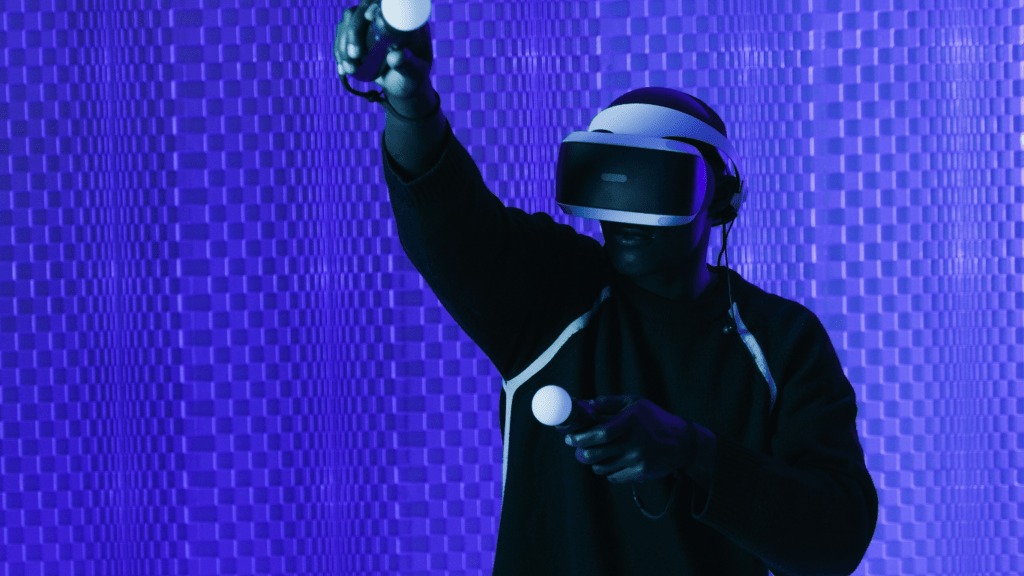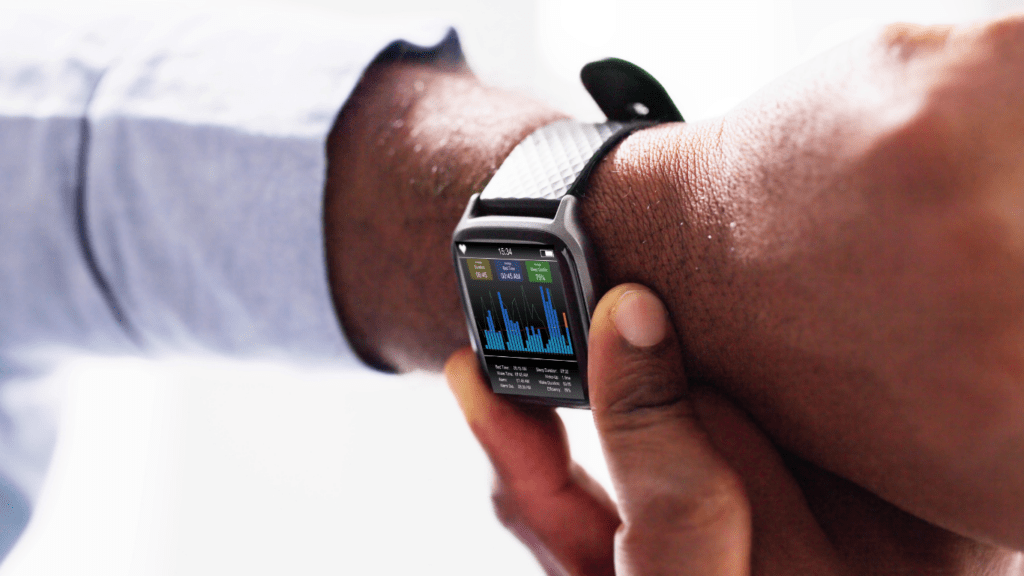The Impact of Advanced Analytics
Advanced analytics are reshaping basketball by providing teams and players with data-driven insights to improve performance and strategies.
Player Performance Analysis
Teams now use advanced analytics for in-depth player performance analysis. Metrics like:
- player efficiency rating (PER)
- effective field goal percentage (eFG%)
- usage rate
help evaluate player contributions beyond traditional stats.
For example, PER considers a player’s positive achievements like field goals, free throws, and assists, while also including negative results like turnovers.
These comprehensive evaluations allow coaches to make informed decisions about player roles and minutes.
Wearable tech, like GPS trackers and biometric sensors, collects real-time data on player movements and physiological metrics, aiding in injury prevention and workload management.
Team Strategy Enhancement
- Advanced analytics enable teams to refine strategies and optimize game plans.
- Shot charts, which map out the success rates of shots from various court locations, help teams identify high-percentage shooting areas and adjust offensive strategies.
- Coaches also analyze opponent tendencies using data on shot selection, defensive schemes, and player matchups to devise effective counter-strategies.
- Teams study an opponent’s defensive set to exploit weaknesses, such as targeting a player’s weaker side.
- These analytics-driven insights lead to more personalized and strategic game plans, enhancing overall team efficiency and performance.
Evolution of Training Methods
Training methods in basketball have evolved significantly with technology. Advanced tools are enhancing player skills, strategies, and overall performance.
Virtual Reality And Augmented Reality

Virtual reality (VR) and augmented reality (AR) offer immersive experiences that mimic real-game scenarios. Players use VR for situational practice, allowing them to replay and analyze specific game moments.
Coaches use AR for overlaying tactical information during drills, providing real-time feedback. This technology reduces the learning curve for complex plays, improving decision-making skills on the court.
Wearable Technology In Training
Wearable technology, such as:
- fitness trackers
- smart clothing
monitors various physical metrics. Players use wearables to track heart rate, movement patterns, and muscle load.
This data helps tailor training programs to individual needs, optimizing performance and minimizing injury risks. Coaches use this information to adjust workloads and ensure players maintain peak physical condition.
For example, GPS trackers help analyze sprint speeds and distances covered during practice, allowing for targeted improvements in endurance and agility.
By incorporating these advanced technologies, basketball training is becoming more precise and effective, leading to elevated performance levels and enhanced player safety.
Game Day Innovations
Technology has revolutionized game day experiences for players, coaches, and fans alike. By integrating advanced systems, basketball games have become more interactive and data-driven.
Smart Arenas and Fan Engagement
Smart arenas leverage technology to enhance the fan experience. For instance, mobile apps enable fans to order food, locate seats, and even participate in live polls.
Augmented reality (AR) features can overlay player statistics and game highlights as fans watch the game. Stadiums equipped with high-speed Wi-Fi networks also allow real-time social media sharing and streaming.
Additionally, facial recognition can streamline entry and ensure security, providing a seamless experience for attendees.
Real-Time Data Analytics
Real-time data analytics transform how teams strategize during games. Coaches can access player statistics and performance metrics in real-time, enabling quick adjustments.
For example, wearable sensors track player movements and biometrics, feeding data to analytics software. This information helps in making tactical decisions, such as substituting players or changing defensive strategies.
Video analytics tools also offer instant replays with enhanced graphic overlays, assisting referees in decision-making and ensuring fair play.
The Role of Artificial Intelligence
Artificial intelligence (AI) is revolutionizing basketball by enhancing scouting and recruitment processes and refining game strategy through predictive algorithms.
AI in Scouting and Recruitment
AI streamlines scouting by analyzing vast amounts of player data quickly. Advanced algorithms evaluate performance metrics to identify talent.
NBA teams implement machine learning to assess player potential by comparing historical data. AI platforms deliver real-time updates, enabling scouts to make informed decisions efficiently.
For example, systems like IBM Watson analyze college stats to predict a player’s success in the NBA.
Predictive Algorithms in Game Strategy
Predictive algorithms optimize game strategy by analyzing in-game data and forecasting outcomes. Teams use AI to devise playbooks tailored to opponents’ weaknesses.
By ingesting real-time data, algorithms suggest adjustments mid-game to counteract rival tactics. Systems such as Second Spectrum track player movements to uncover strategic insights, enhancing team performance.


